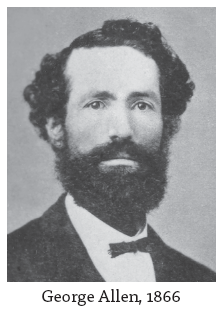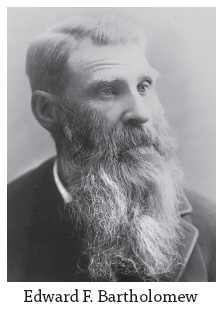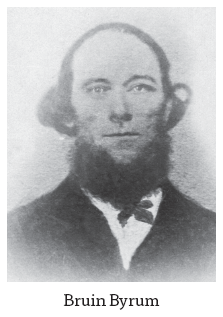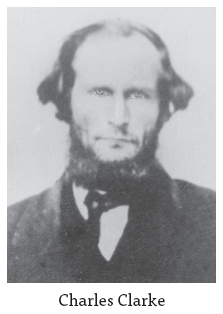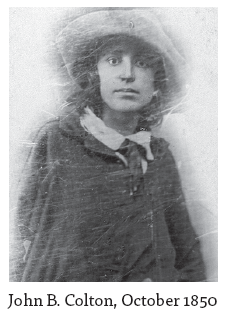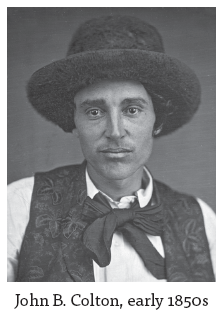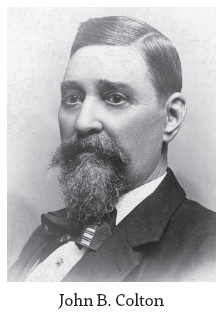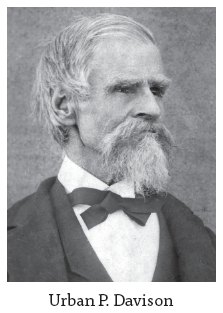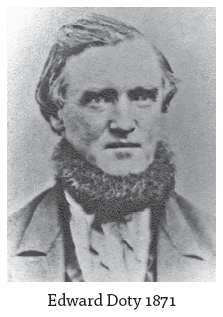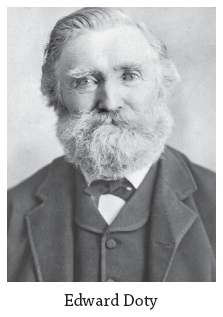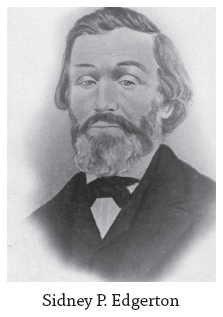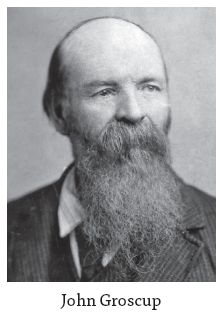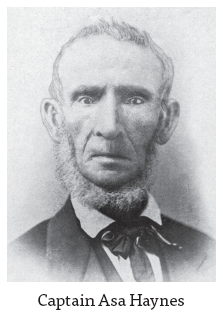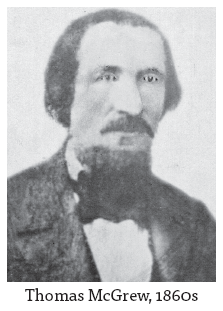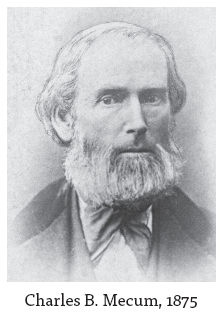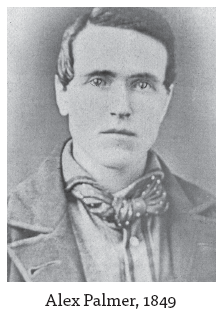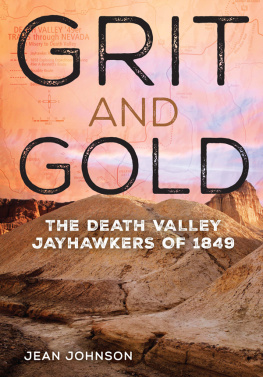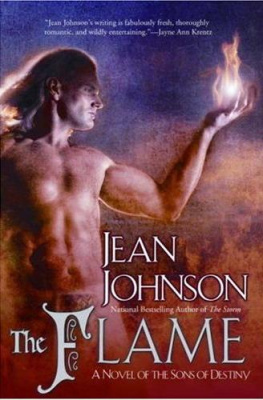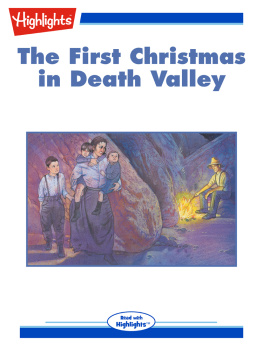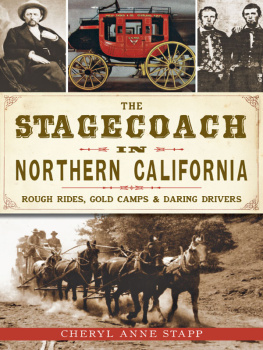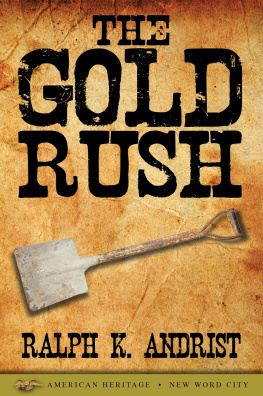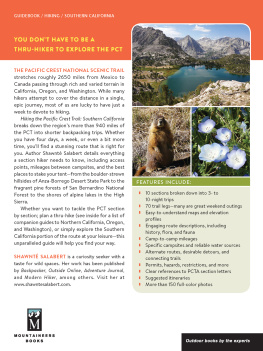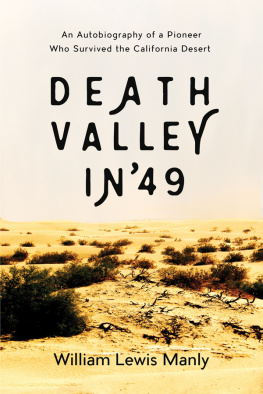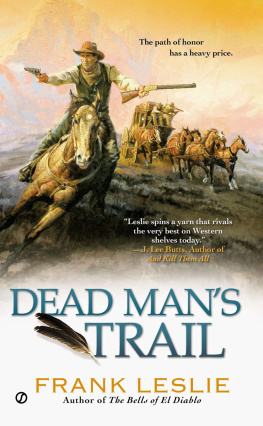Wilbur S. Shepperson Series in Nevada History
Series Editor: Michael Green (UNLV)
Nevada is known politically as a swing state and culturally as a swinging state. Politically, its electoral votes have gone to the winning presidential candidate in all but one election since 1912 (it missed in 1976). Its geographic location in the Sunbelt; an ethnically diverse, heavily urban, and fast-growing population; and an economy based on tourism and mining make it a laboratory for understanding the growth and development of postwar America and postindustrial society. Culturally, Nevada has been associated with legal gambling, easy divorce, and social permissiveness. Yet the state also exemplifies conflicts between image and reality: it is also a conservative state yet depends heavily on the federal government; its gaming regulatory system is the envy of the world but resulted from long and difficult experience with organized crime; its bright lights often obscure the role of organized religion in Nevada affairs. To some who have emphasized the impact of globalization and celebrated or deplored changing moral standards, Nevada reflects America and the world; to others, it affects them.
This series is named in honor of one of the states most distinguished historians, author of numerous books on the states immigrants and cultural development, a longtime educator, and an advocate for history and the humanities. The series welcomes manuscripts on any and all aspects of Nevada that offer insight into how the state has developed and how its development has been connected to the region, the nation, and the world.
A Great Basin Mosaic: The Cultures of Rural Nevada
JAMES W. HULSE
The Baneberry Disaster: A Generation of Atomic Fallout
LARRY C. JOHNS and ALAN R. JOHNS
History of Occupational Health and Safety: From 1905 to the Present
MICHELLE FOLLETTE TURK
Grit and Gold: The Death Valley Jayhawkers of 1849
JEAN JOHNSON
University of Nevada Press | Reno, Nevada 89557 USA
www.unpress.nevada.edu
Copyright 2018 by University of Nevada Press
All rights reserved
All photographs by LeRoy Johnson unless otherwise noted.
Cover photographs by Doug Lemke/Shutterstock.com and LeRoy Johnson
Cover design by David Ter-Avanesyan/Ter33Design
LIBRARY OF CONGRESS CATALOGING-IN-PUBLICATION DATA
Names: Johnson, Jean, 1937- author.
Title: Grit and gold : the Death Valley Jayhawkers of 1849 / Jean Johnson.
Description: Reno ; Las Vegas : University of Nevada Press, [2018] | Includes bibliographical references and index. |
Identifiers: LCCN 2018011417 (print) | LCCN 2018013152 (e-book) | ISBN 978-1-943859-77-1 (pbk. : alk. paper) | ISBN 978-1-943859-78-8 (e-book)
Subjects: LCSH: Jayhawker Party. | Overland journeys to the Pacific. | Frontier and pioneer lifeDeath Valley (Calif. and Nev.) | Death Valley (Calif. and Nev.)History. | PioneersDeath Valley (Calif. and Nev.)History. | Gold mines and miningDeath Valley (Calif. and Nev.)History.
Classification: LCC F868.D2 (e-book) | LCC F868.D2 J6254 2018 (print) | DDC 979.4/87dc23
LC record available at https://lccn.loc.gov/2018011417
Manufactured in the United States of America
To
LeRoy Johnson
without whom this book would not exist
LIST OF ILLUSTRATIONS
Maps are by Eureka Cartography, Berkeley, based on the authors trail analysis. Photographs are by LeRoy Johnson unless otherwise noted.
Maps
Portraits
Figures
PORTRAITS
John Colton requested the Jayhawkers send photos for his collection and to share at the Jayhawker reunions. Original Jayhawkers for whom Colton had no photos were: W. Carter, John Cole, Marshall G. Edgerton, Aaron Larkin, and John (or N. D.) Morse. Men who were considered Death Valley Jayhawkers by the end of the trip but for whom I have no photos are Father Fish, the Frenchman, John Goller and his companion John Graff, Mr. Gould, Frederick A. Gritzner, William Isham, William Robinson, and Wolfgang Tauber (who traveled with Gritzner and Young). Colton had copies of the photographs made so he could return the originals if requested. Several originals were daguerreotypes; others were portraits taken many years before and were thus scratched or faded. (The photographer touched up hair and eyes on some photos and did considerable artwork on a couple others.) I used Photoshop only to remove dust specks and a few scratches, to crop photos, and improve contrast. When Colton knew the date of the original picture, he added it to the frame folder and often added the death date as well. I include photo dates where pertinent. Most of the portraits came into Coltons possession about 1893 when the Jayhawkers were already old men. Detail of portraits are courtesy of the Jayhawkers of 49 Collection, the Huntington Library, San Marino, California, unless otherwise credited.
